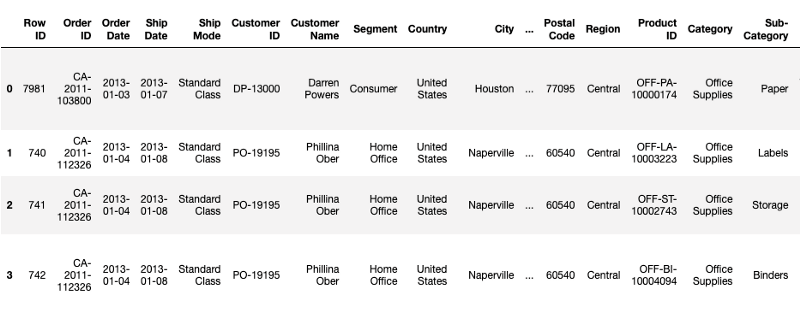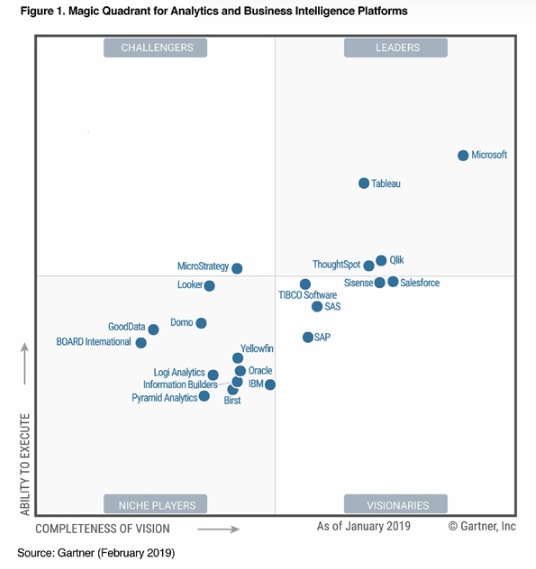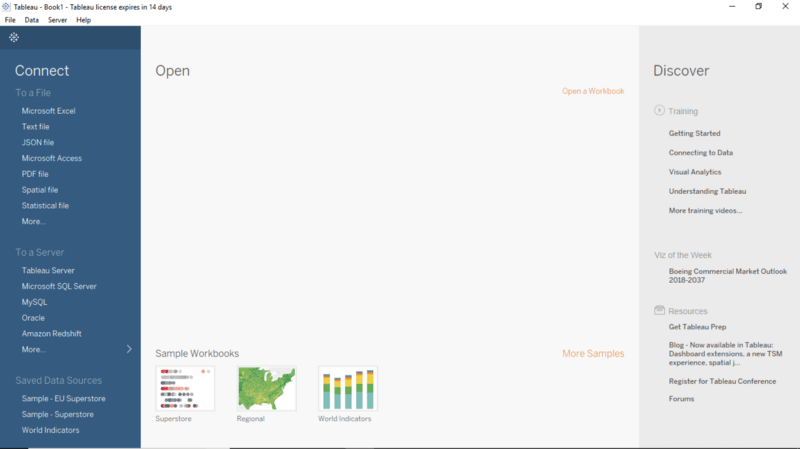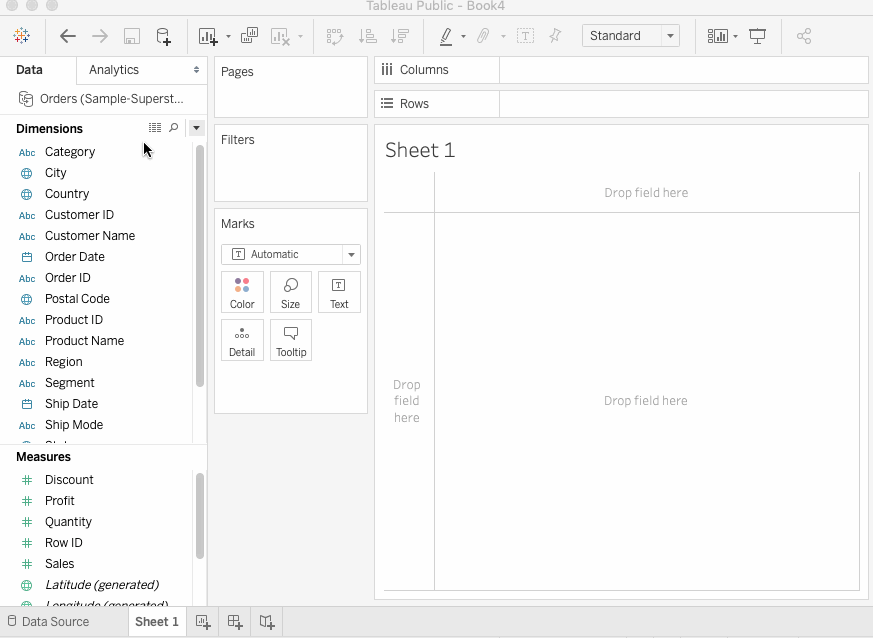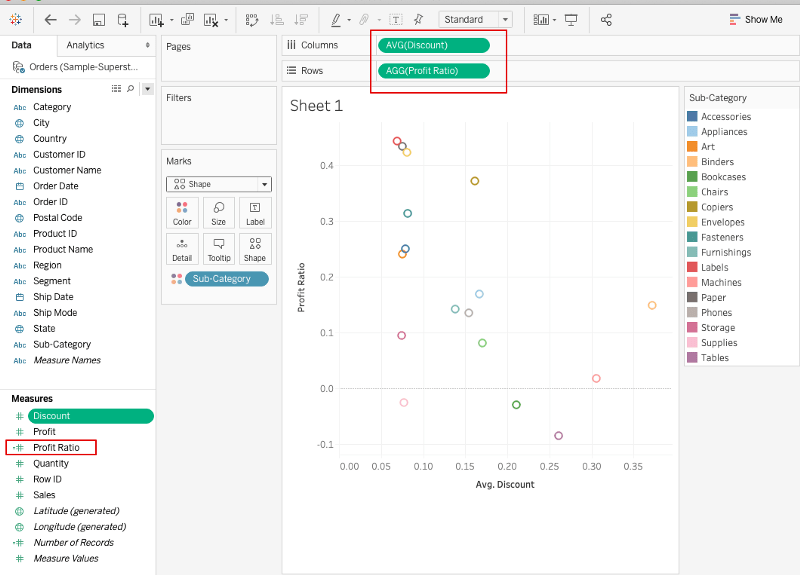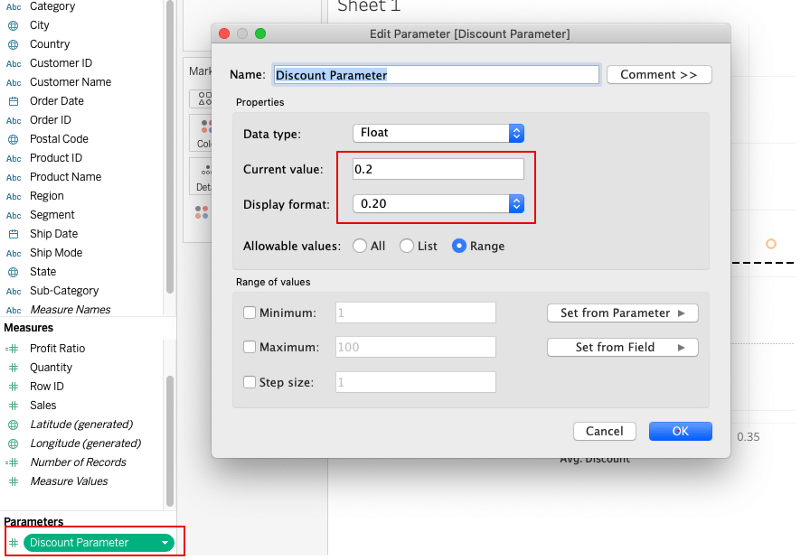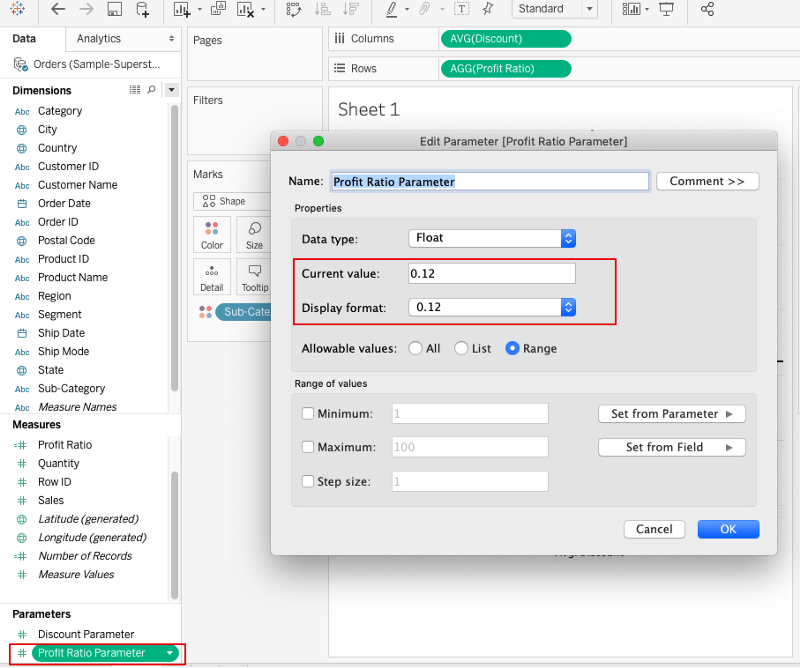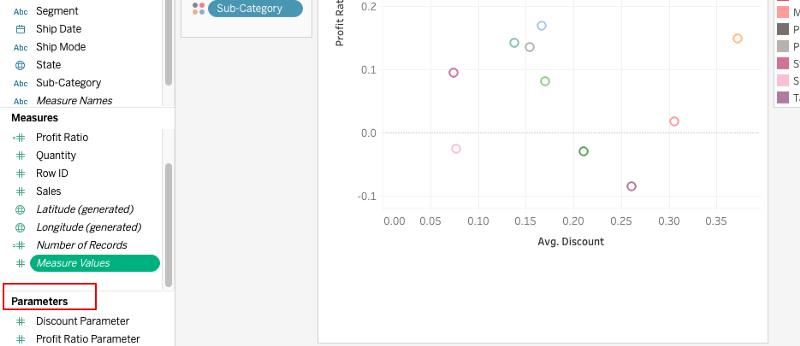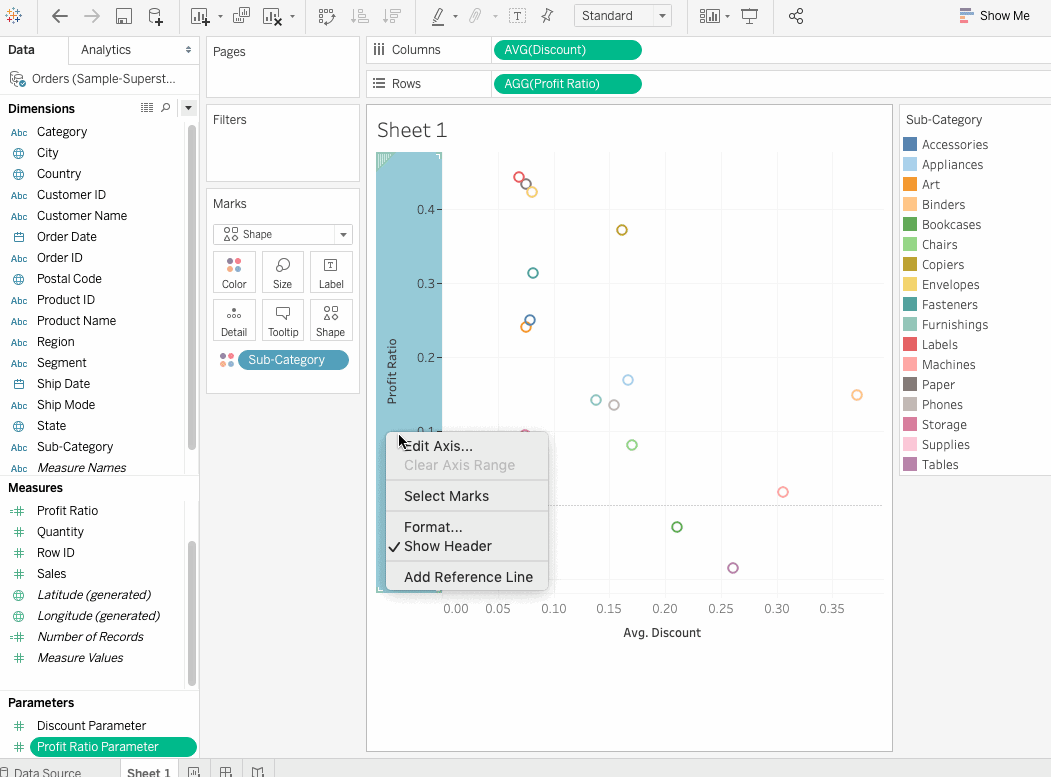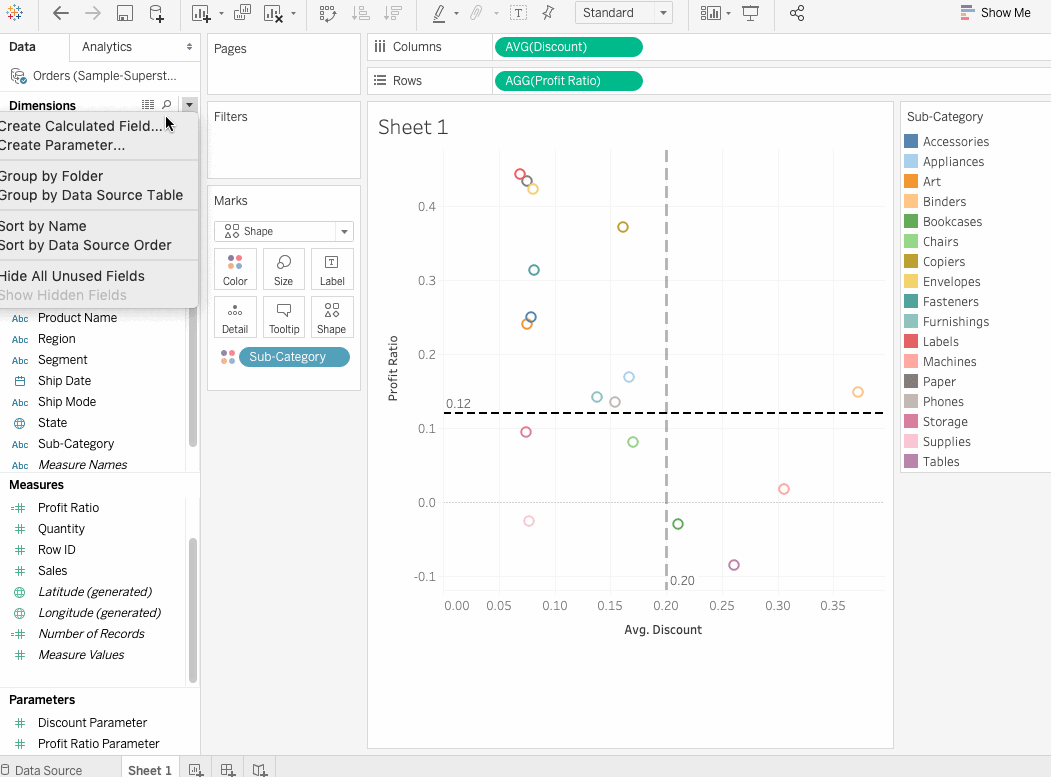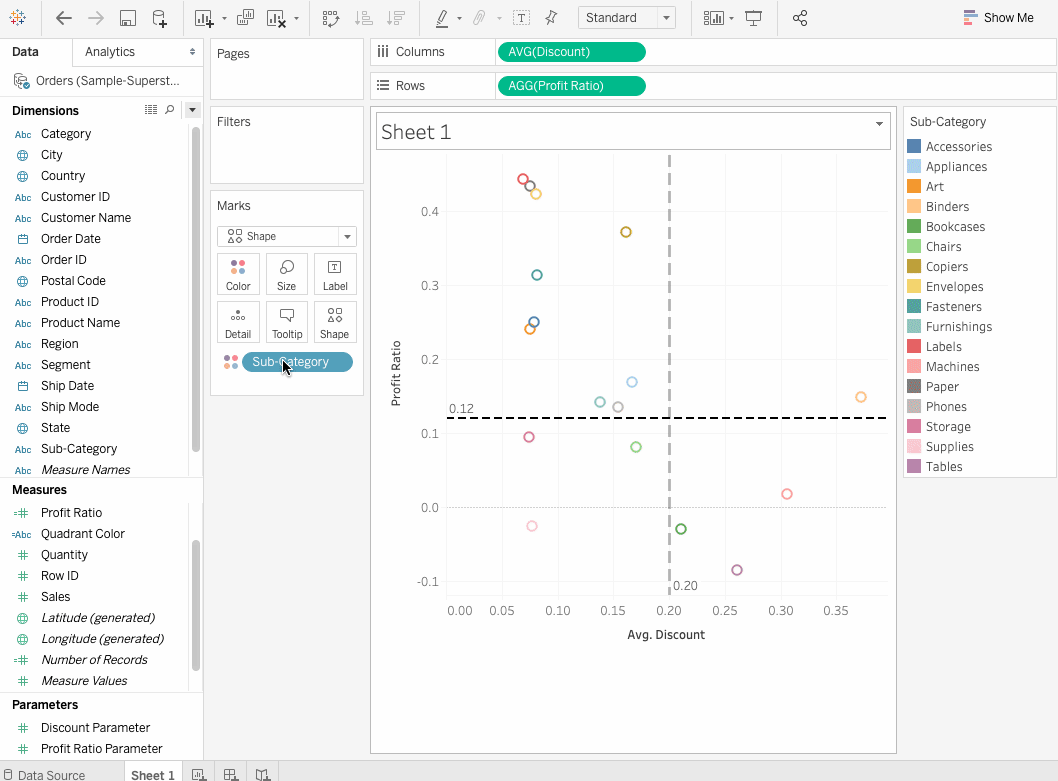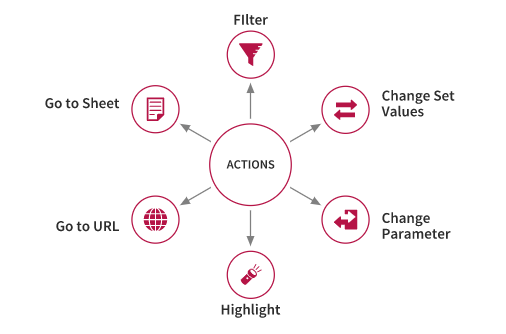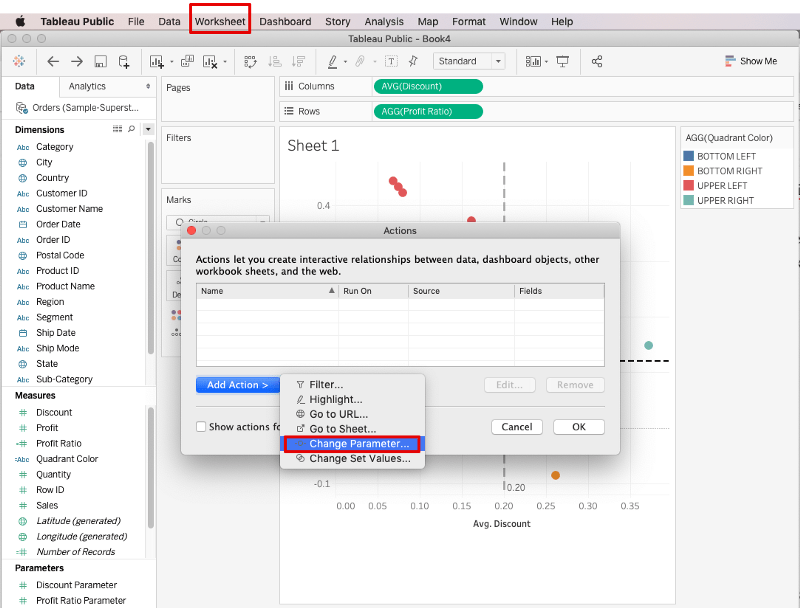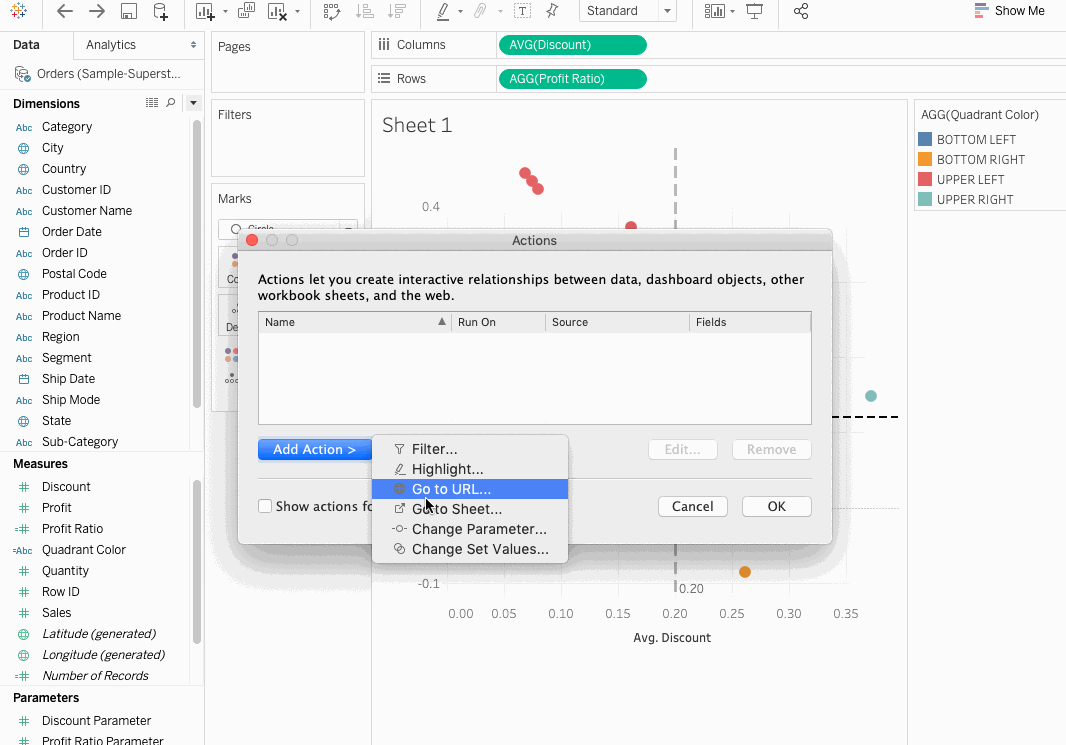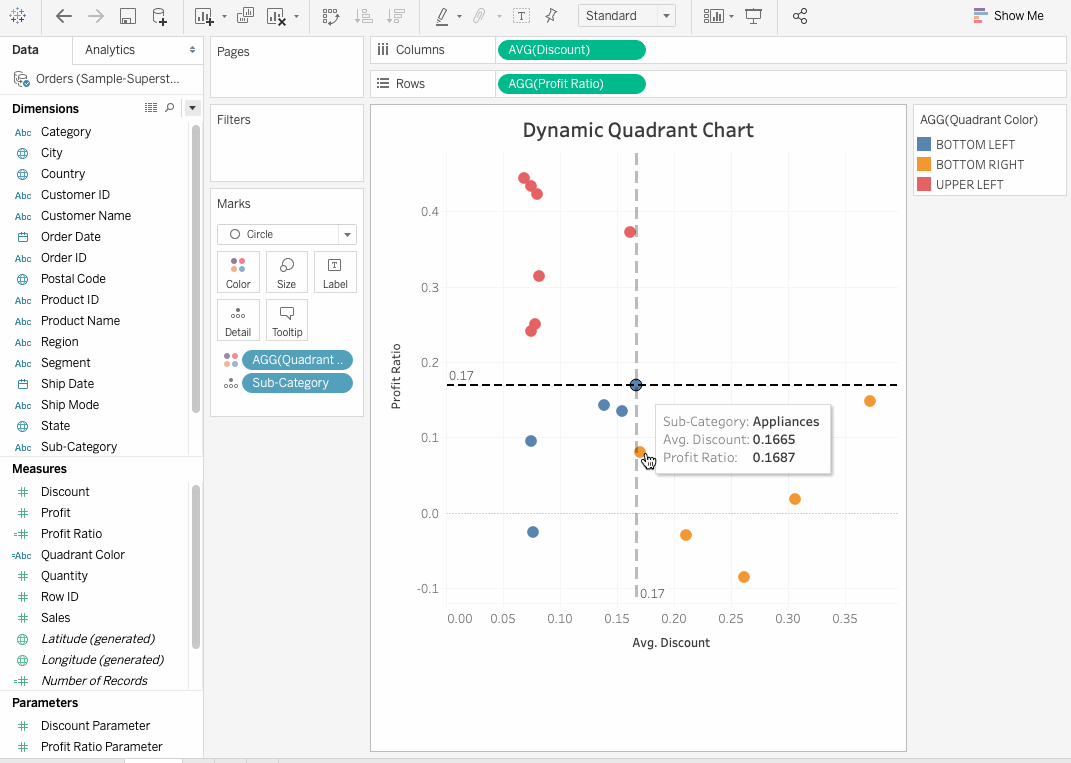Course
Quadrant Analysis in Tableau
Learn how to analyze data in the form of a dynamic quadrant chart in Tableau.
Jun 2019 · 10 min read
Tableau and related courses
Certification available
4 hr
102.1K
Certification available
Course
Introduction to Python
4 hr
5.4M
Course
Introduction to Tableau
6 hr
207.9K
See More
RelatedSee MoreSee More
Mastering the Pandas .explode() Method: A Comprehensive Guide
Learn all you need to know about the pandas .explode() method, covering single and multiple columns, handling nested data, and common pitfalls with practical Python code examples.
Adel Nehme
5 min
Python NaN: 4 Ways to Check for Missing Values in Python
Explore 4 ways to detect NaN values in Python, using NumPy and Pandas. Learn key differences between NaN and None to clean and analyze data efficiently.
Adel Nehme
5 min
Seaborn Heatmaps: A Guide to Data Visualization
Learn how to create eye-catching Seaborn heatmaps
Joleen Bothma
9 min
Test-Driven Development in Python: A Beginner's Guide
Dive into test-driven development (TDD) with our comprehensive Python tutorial. Learn how to write robust tests before coding with practical examples.
Amina Edmunds
7 min
Exponents in Python: A Comprehensive Guide for Beginners
Master exponents in Python using various methods, from built-in functions to powerful libraries like NumPy, and leverage them in real-world scenarios to gain a deeper understanding.
Satyam Tripathi
9 min
Python Linked Lists: Tutorial With Examples
Learn everything you need to know about linked lists: when to use them, their types, and implementation in Python.
Natassha Selvaraj
9 min
